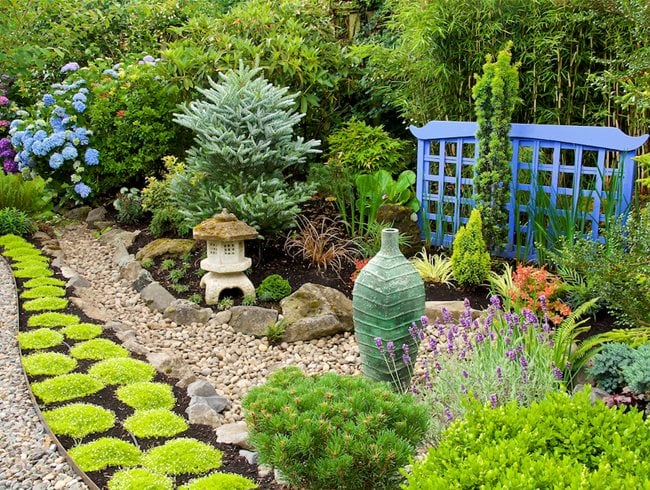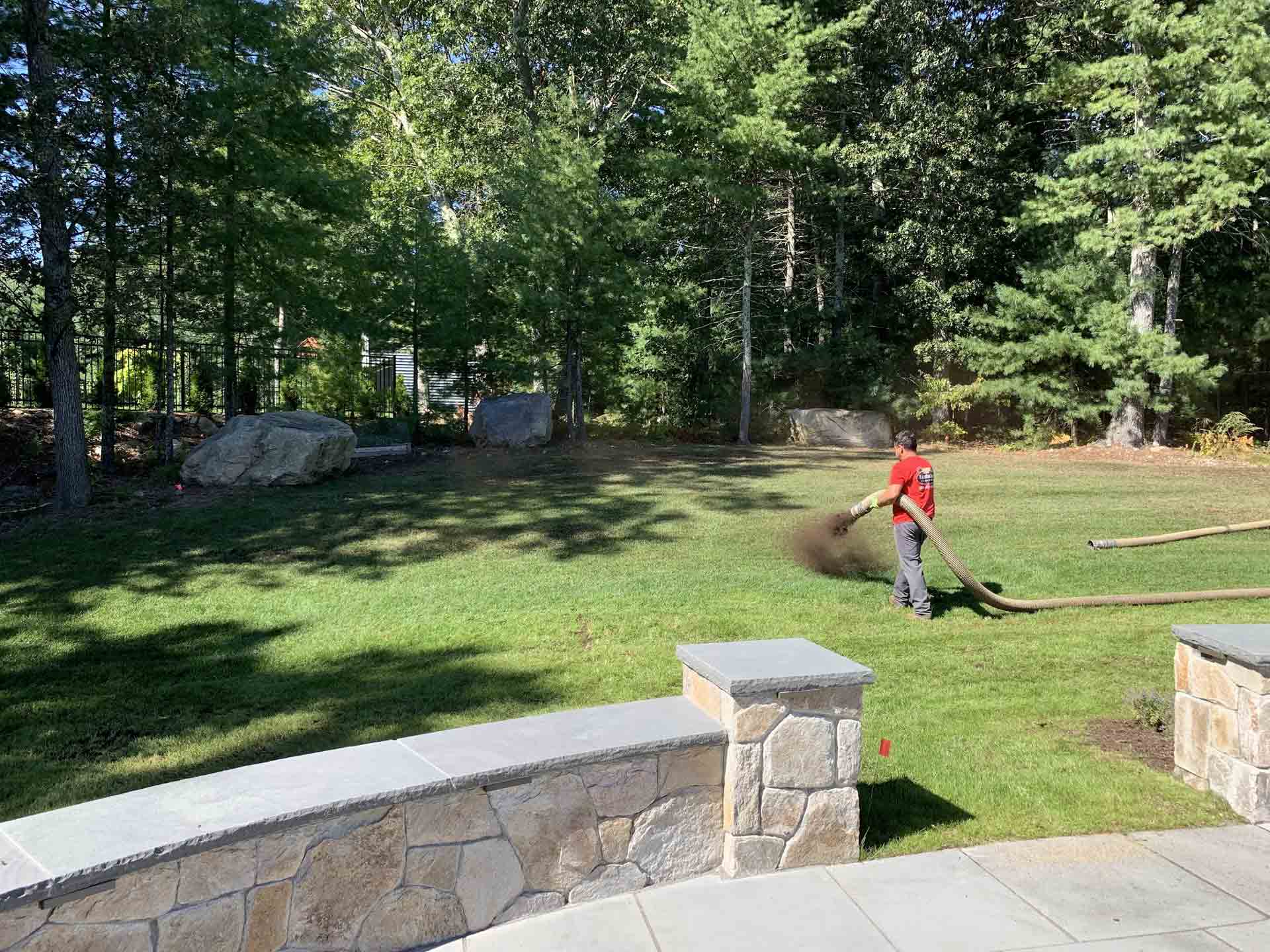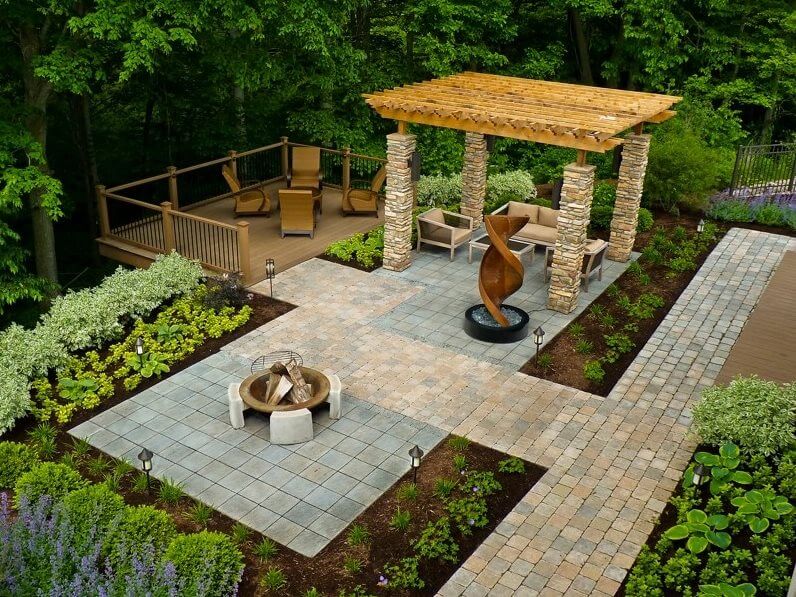Landscapers - Questions
Landscapers - Questions
Blog Article
9 Simple Techniques For Landscapers
Table of ContentsThe smart Trick of Landscapers That Nobody is Talking AboutLandscapers Can Be Fun For AnyoneLandscapers for BeginnersThe Ultimate Guide To Landscapers3 Easy Facts About Landscapers Shown
- A tree or shrub (hedge) that sheds its fallen leaves in wintertime. In the PNW there are semi-deciduous or semi-evergreen plants that may shed their fallen leaves depending on just how cool the wintertime is. Abelia and some hebe are good examples. Landscapers. - A flat celebration room, constructed from timber or composite product (made to look like wood), normally nearby or connected to a framework.

- Granite that is weathered to the factor that it is a very great aggregate. This is an all-natural procedure, and the result can be utilized for courses and patios. Decomposed granite is commonly described as DG. It is especially useful in contemporary landscapes. - Secret landscape features being proposed in a landscape style plan.
6 Simple Techniques For Landscapers
These goals assist the style process, not the designer's style or preferences. Usual layout goals in Rose city are reduced maintenance, dry spell forgiving, and pet pleasant. - Refine for removing or thinning the dead reduced degree of a mature yard. Thatch is turf that has died and collected below the green blades.
Over time this layer can get really thick and make it tough for water, sunlight, and nutrients to get to portions of the lawn.- The process of collecting and regulating the circulation of water on a home. This can be performed with grading, French drains pipes, dry wells, absorptive surfaces, sump pump, rainfall yards, and much more.
- A slow-moving feeding irrigation system that uses adaptable tubing and emitters to send out a precise quantity of water to each plant. - The capacity of a plant to endure without much summer season water.
- A yard function where water is stood for by an aggregate stone item, normally a gravel or granite. These are most commonly found in modern-day and Japanese garden style.- A stone or natural flagstone outdoor patio, path, or pathway constructed without a concrete base. The base would be compacted gravel and the joints would be an aggregate or walkable ground cover.
The Basic Principles Of Landscapers
- A stone retaining or cost-free standing wall constructed without the use of mortar. - A below ground structure that accumulate water and enables it to slow percolate right into the soil around it.
Landscape design that is suitable with a sites' setting in both appearance and sustainability without adverse impacts to the atmosphere. Edging in the landscape is a line of demarcation that develops visual rate of interest in the yard by separating one segment from one more sector.
Areas can additionally have a sensation of "room" supplied by trees, other growings, fences, or screens. The recommended you read landscape near the access to a structure.
A plant that is foreign to the location where it will be grown. Not all "exotics" are invasive or hazardous, and several can be well behaved or drought tolerant (Landscapers). A mass planting of brushes. Thicker bladed lawn lawn that spread out by means of rhizomes.: The level of dirt on your home prior to bark dirt or compost is spread.
See This Report on Landscapers

The purpose, factor, or activity that an area is be landscaped for. Staircases function, for instance, to allow foot traffic backwards and forwards an incline. Area for expanding plants for seeing, consuming, or physical activity. A roofed structure used over an exterior gathering area. The growing of a seed, possibly describing a lawn that is being grown from seed.
Rock item, either rounded or fractured, that is relatively little- usually 1" or less. Reduced plants that are permitted or encouraged to spread out over a location. Can refer to any type of "hard" garden aspects including statuary or boulders but many commonly is used to refer to paths, outdoor patios, and walls.: Elevation distinction between the level of water in a pond (or special info the level of the pump if it sits outside the fish pond) and the top outlet of water which impacts performance of the water pump in gph (gallons per hour). Dense bushes or trees that create a fence, screen, or border.

Some Known Factual Statements About Landscapers
Standard PNW landscapes are casual. A plant that spreads even more than desired, or into habitats where it does damages.
Can include head positionings and coverage, pipeline sizing, GPM specifications, and products needed to install this system. Licensed expert who creates landscapes, schooled in design and style as well as in horticulture.
Landscape developers commonly have much less education than Landscape Architects and are not certified. A completed landscape design, outlining all components for the brand-new landscape.
A water limited HDPE material utilized underneath ponds, streams and waterfalls in water attributes. Using lots of growings of the exact same selection to load in like it a location in the landscape.
Report this page